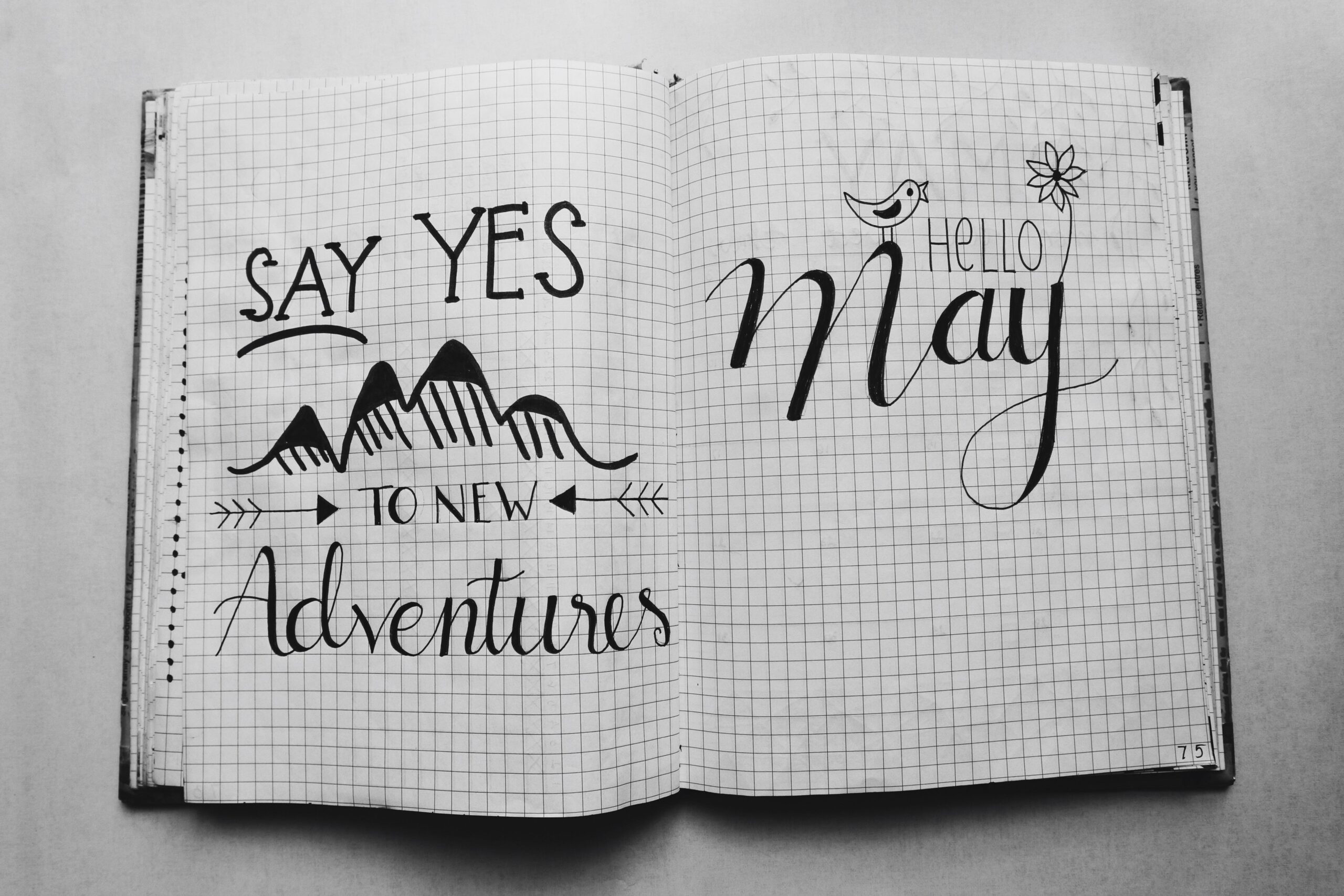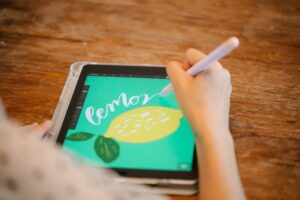Art journaling is a creative and therapeutic practice that combines visual art with personal reflection. It provides a unique way to capture thoughts, emotions, and experiences through visual expression. Unlike traditional journaling, which relies primarily on words, art journaling allows you to use images, colors, textures, and various art techniques to convey your inner world.
In this article, we will delve into the world of art journaling, exploring its benefits, techniques, and how it can be a powerful tool for self-expression and self-discovery.
Benefits of Art Journaling
Art journaling offers a wide range of benefits for individuals of all ages and artistic abilities. Here are some of the key advantages:
1. Emotional Release
Art journaling provides a safe space to express and release emotions that may be difficult to put into words. The act of creating art can be cathartic, allowing you to process and cope with challenging feelings.
2. Stress Reduction
Engaging in art can have a calming and meditative effect. It reduces stress and anxiety by helping you focus on the creative process and temporarily setting aside daily worries.
3. Self-Exploration
Through art journaling, you can explore your inner thoughts, desires, and fears. It encourages self-reflection and helps you gain a deeper understanding of yourself.
4. Creativity Boost
Art journaling nurtures your creativity and encourages experimentation. It’s a place where you can try new techniques, materials, and styles without the pressure of producing a masterpiece.
5. Visual Diary
Your art journal serves as a visual diary of your life journey. It captures moments, experiences, and memories in a way that words alone cannot.
6. Enhanced Problem-Solving
Art journaling often involves finding creative solutions to design and composition challenges. These problem-solving skills can be applied to various aspects of life.
Getting Started with Art Journaling
Art journaling is an accessible and flexible practice that requires minimal materials to begin. Here’s how to get started:
1. Choose Your Journal
Select a journal or notebook specifically for your art journaling practice. It can be a blank sketchbook, a mixed-media journal, or even a repurposed book with sturdy pages. The choice of journal depends on your preferences for paper type and size.
2. Gather Your Art Supplies
Gather an assortment of art supplies, including colored pencils, markers, watercolors, acrylic paints, pastels, pens, brushes, scissors, glue, and any other materials you enjoy working with. Experiment with different media to find what suits your style best.
3. Create a Comfortable Workspace
Set up a comfortable and inviting workspace where you can immerse yourself in the creative process. Ensure good lighting and easy access to your art supplies.
4. Start with a Prompt or Theme
If you’re unsure where to begin, start with a prompt or theme for your journal entry. For example, you can choose a word, a color, a specific emotion, or a recent experience as your starting point.
Art Journaling Techniques
Art journaling is incredibly diverse, allowing for a wide range of techniques and styles. Here are some popular techniques you can explore:
1. Collage
Use images, photographs, magazine clippings, or found objects to create collages within your journal. College elements can convey themes, emotions, or stories effectively.
2. Watercolor Wash
Apply watercolor paints as a background wash to set the mood of your journal page. You can create subtle gradients or bold bursts of color.
3. Mixed Media
Combine various art materials and techniques, such as painting, drawing, stamping, stenciling, and using textured mediums like gesso or modeling paste, to create dynamic and layered pages.
4. Typography
Experiment with different fonts, styles, and hand-lettering techniques to add text and captions to your journal entries. Words can enhance the meaning of your visuals.
5. Doodling and Zentangle
Create intricate patterns and doodles in your journal. Zentangle-inspired art can be both relaxing and visually captivating.
6. Self-Portraits
Use your art journal as a space to explore self-portraiture. Express your emotions and self-perception through self-portrait sketches or paintings.
7. Nature-Inspired Art
Incorporate elements from the natural world, such as leaves, flowers, or feathers, into your journal. Pressed flowers or leaves can be adhered to the pages.
8. Abstract Expressionism
Embrace abstract art to convey emotions, moods, or experiences without the constraints of realism. Let your intuition guide your brush or pencil strokes.
9. Visual Storytelling
Create a narrative in your art journal by illustrating a sequence of events or a personal story. This can be a powerful way to document your life journey.
The Therapeutic Aspect of Art Journaling
Art journaling is not only about creating visually pleasing pages; it’s also about the therapeutic process. Here’s how art journaling can benefit your emotional well-being:
1. Mindfulness and Presence
When you engage in art journaling, you are fully present in the creative moment. This mindfulness can help you alleviate stress and anxiety by focusing your attention on the here and now.
2. Emotional Processing
Art journaling provides a safe space to confront and process difficult emotions. You can visually express feelings like sadness, anger, joy, or confusion without judgment.
3. Self-Reflection
Through your journaling practice, you can gain insights into your thoughts and behaviors. It allows you to reflect on your experiences and personal growth.
4. Catharsis
Creating art can be a cathartic experience. It allows you to release pent-up emotions and transform them into something tangible and beautiful.
5. Empowerment
As you fill your journal with your thoughts and emotions, you gain a sense of ownership and control over your feelings. This empowerment can boost your self-esteem and resilience.
Art Journaling as a Journey
Art journaling is a personal and ongoing journey of self-expression and exploration. There are no rules or expectations to meet; it’s about embracing the process and allowing your creativity to flow freely. Here are some tips to enhance your art journaling journey:
1. Be Kind to Yourself
Don’t be overly critical of your work. Embrace imperfections and see them as part of your unique artistic voice.
2. Regular Practice
Dedicate regular time to your art journaling practice. Consistency can help you reap the full benefits of self-expression.
3. Try New Things
Don’t hesitate to try new techniques, materials, or styles. Experimentation can lead to exciting discoveries.
4. Document Your Growth
Flip back through your journal to see how your art and emotions have evolved over time. It can be a powerful reminder of your journey.
5. Share and Connect
Consider sharing your art journaling journey with others. Join online communities, attend workshops, or collaborate with fellow artists to expand your creative horizons.
Conclusion
Art journaling is a deeply personal and therapeutic practice that allows you to capture thoughts, emotions, and experiences through visual expression. It offers numerous benefits, including stress reduction, emotional release, self-exploration, and enhanced creativity. By embracing various techniques and materials, you can create journal pages that reflect your unique voice and experiences. Whether you’re anan experienced artist or a complete beginner, art journaling is a creative journey worth embarking on, providing a valuable outlet for self-expression and self-discovery.



